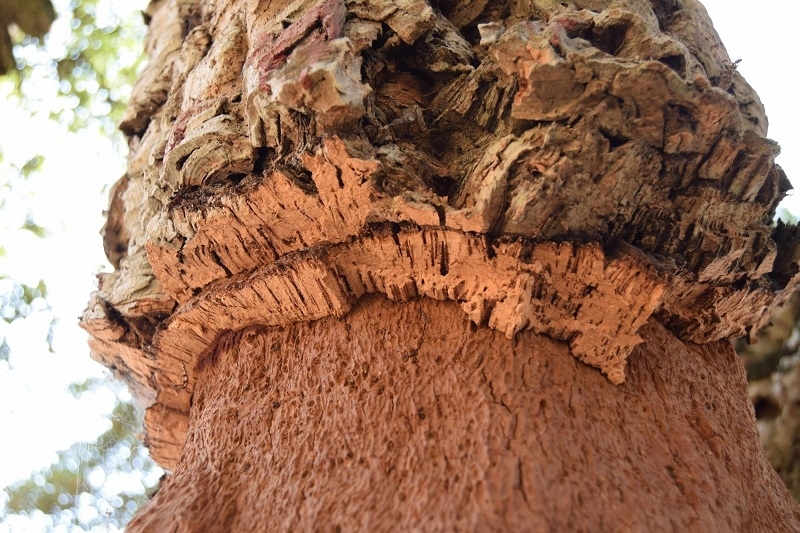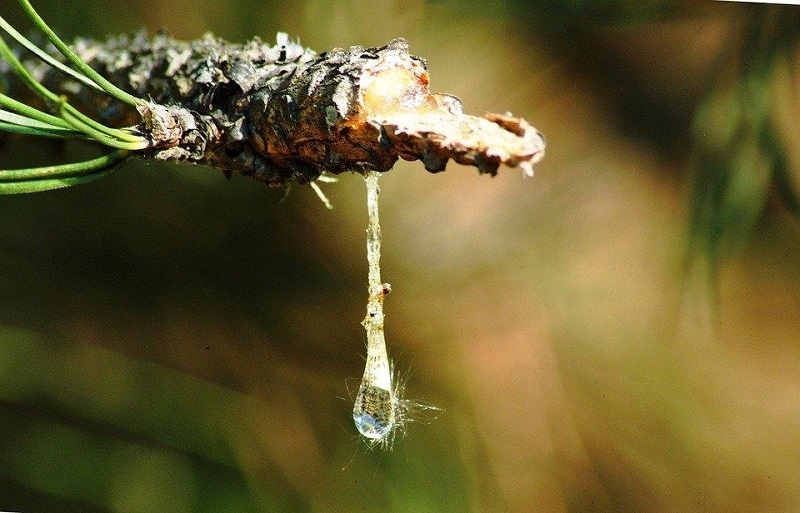Why trees have so much more to offer than wood and paper
Published: 04/06/20 By: Mike Bekin
Trees are really rather special. They grow using the natural magic of photosynthesis – the chemical process through which sunlight and carbon dioxide are transformed into sustenance. They are also able to adapt and change to suit their environment and thus cover virtually every corner of this vast planet. What makes them even more special, however, is how much they have to offer us.
Whilst they might, of course, be responsible for the timber that builds our houses and the fruit that fills our bellies and the paper that’s bound in our books, they are also responsible for so many more materials than you might have thought.
Every part of the tree has its use and we’re here to explain why it’s not only the wood that makes trees so valuable, it’s the complete package, even if we never touch it.
Lignin
The pulp that is used to make paper is created using a mix of wood fibres, water and the living glue that keeps trees strong – the lignin. This substance can not only be used to help bind together pulp but is used in many other things from fuel to industrial coatings. Its main commercial purpose, however, is pulp and pulp is a truly remarkable substance since we use it for cardboard, tissue paper, filters and so many other paper derived products.
Other than being used to bind together pulp (that eventually becomes paper), you see, lignin can be used for a variety of other purposes. You’ll find it added to our foods to add extra thickness and texture and you’ll find it in cosmetics too, binding our toothpaste and helping our nail polish dry. It’s a remarkable product and as far as trees are concerned, it’s only the beginning.
Bark
Organically, the bark of a tree exists to protect the sapwood and the heartwood underneath through microbiological healing, and it’s this same property that has seen it being used in medicine as a healing agent for thousands of years, with records dating all the way back to ancient Egypt.
Today, bark is used extensively in medicine to treat everything from back pain to acne. Certain kinds of bark even have anti-inflammatory properties that have been used to help those suffering from asthma and high blood pressure.
Different species of tree will produce bark that’s usable for different reasons. The cork oak tree, for example, produces bark that’s used to produce cork for wine bottles and other purposes. Other barks, meanwhile, are used in everything from glues to the creation of cloths and ropes.

Leaves
The leaves of a tree are essentially solar panels gathering energy from sunlight. But once the leaves have fallen, they are just as useful to us too. From pine leaves being woven into mats and roofing, to henna leaves being crushed to create the natural hair dye and temporary tattoo ink.
Leaves have even been known to be used in the creation of bowls and plates in some Asian countries and can also be used ascompost. Certain leaves can even be used to cook with either as a condiment or as their thick skin and high water content helps them to keep moisture in the food as it’s being cooked – examples you may know already include bay, lime and banana leaves.
Leaves can also be used in medicine. A tea made from the leaves of the Alder tree, for example, can be used to not only treat fever but to heal small wounds. The leaf of the Bael tree, meanwhile, is sacred in Hindu culture, as it can be used to treat several ailments, including asthma. There are hundreds of other examples to choose from too!

Sap and resin
Tree sap is a sticky substance that transports vital nutrients and sugars to the rest of the tree but it also has a wealth of uses socially and commercially.
The sap of the rubber tree is an incredibly flexible material that is used in tyres, shoes and a thousand other products around the world every day. It’s also been known to have anti-inflammatory properties and can help to close wounds due to its natural stickiness.
 The thicker tree resin produced by the bark of pine, yew, and fir trees, meanwhile, has been used for thousands of years in soaps, varnishes, and antibacterial remedies.
The thicker tree resin produced by the bark of pine, yew, and fir trees, meanwhile, has been used for thousands of years in soaps, varnishes, and antibacterial remedies.
Indeed, walk into any wellness store or pharmacist anywhere in the world and you’ll likely see stacks of resin being sold as everything from incense to ointment. And isn’t that indicative of just how amazing the humble tree really is?
Seeds
Finally, the seeds that started it all can also be used not only to plant new trees but as sustenance for wildlife and humans too. Oil can also be obtained from seeds which is then used for medicinal purposes and in cooking. For example, the oil obtained from pressing poppy seeds can be used in cooking and as a dietary supplement and sunflower oil, obtained from pressing sunflower seeds, is more commonly used as a cheaper alternative to olive oil.
 Given the incredible potential of every tree, it’s never been more important that we ensure our wood products are responsibly sourced from forests that are managed sustainably and with respect. Only then will we be able to continue enjoying the spoils of the very special but often under-appreciated marvel that is the tree.
Given the incredible potential of every tree, it’s never been more important that we ensure our wood products are responsibly sourced from forests that are managed sustainably and with respect. Only then will we be able to continue enjoying the spoils of the very special but often under-appreciated marvel that is the tree.
